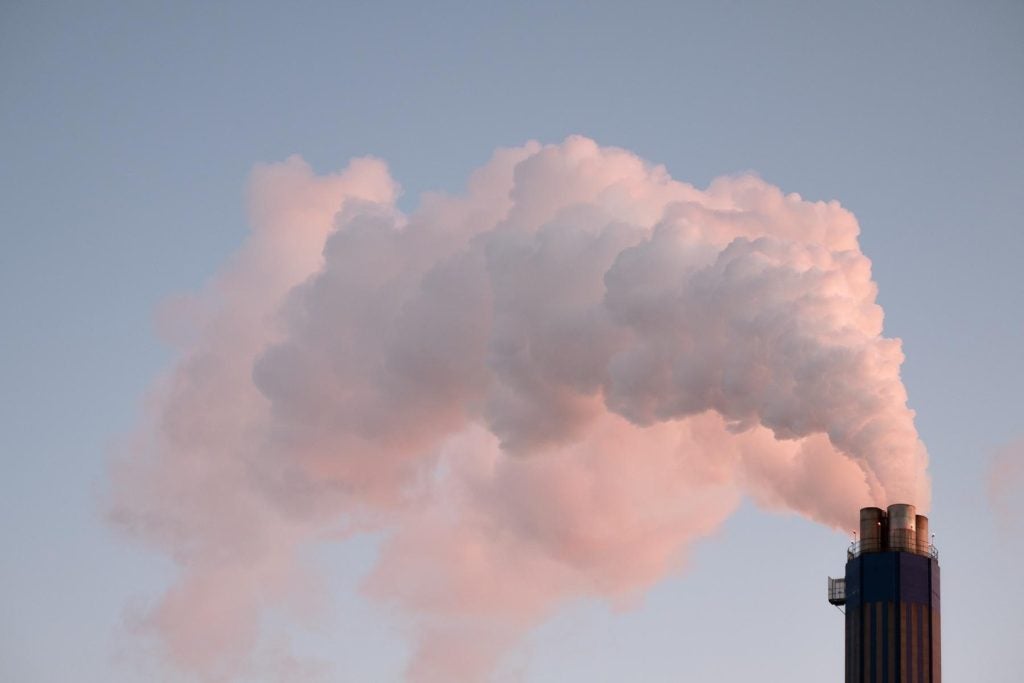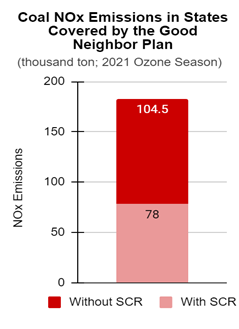With each passing year, communities across New Mexico feel the mounting and undeniable pressures from climate change. At times last year, nearly three-fourths of the state was experiencing severe drought. The largest wildfire in the state’s recorded history ripped through New Mexico communities. And mountain snowpack, even in snowy winters, produces less and less water for people and wildlife.
New Mexicans can see clearly how fundamental aspects of their culture and identity are threatened — and want their state leaders to act.










 (This post was co-authored by EDF analyst Jolie Villegas)
(This post was co-authored by EDF analyst Jolie Villegas) 